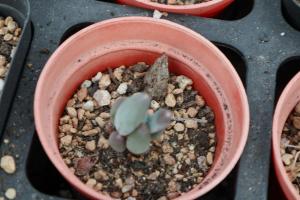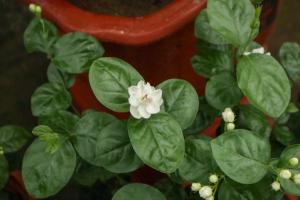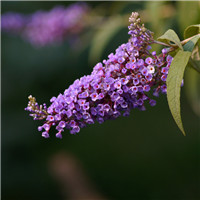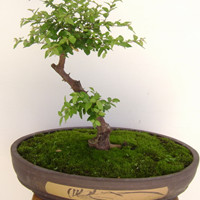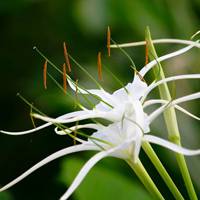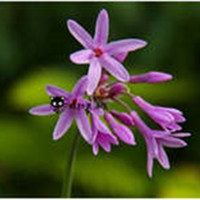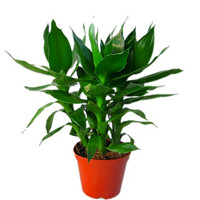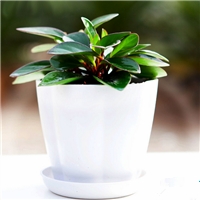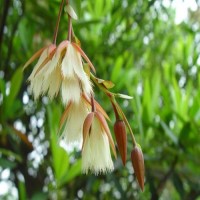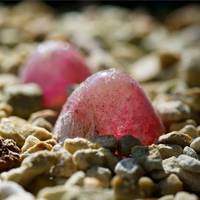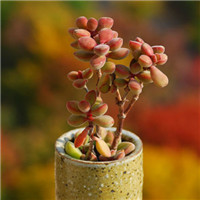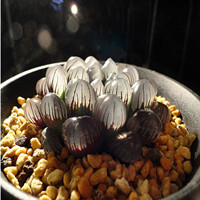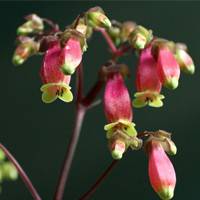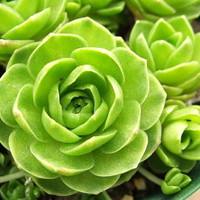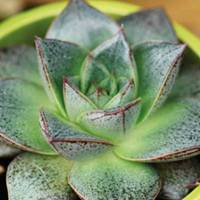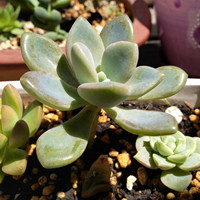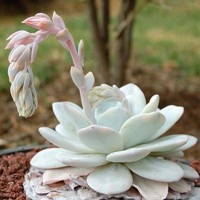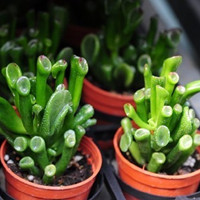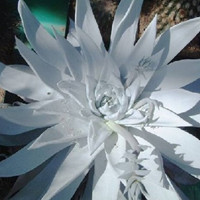How to Plant a Bonsai Tree in India
Bonsai trees are an art form that originated in Japan, but have since spread around the world due to their natural beauty and calming effect. If you live in India and want to plant a bonsai tree, there are a few things you need to keep in mind.
Choose the Right Tree Species
The first step in planting a bonsai tree in India is to choose the right tree species. There are many types of bonsai trees to choose from, such as Juniper, Ficus, and Pine. The specific species you choose will depend on the climate and location where you live. For example, if you live in the northern part of India, you may want to choose a species that can withstand colder temperatures. Make sure to do your research and choose a tree species that is well suited for your location.
Know the Correct Soil Composition
The soil composition is another important factor to consider when planting a bonsai tree in India. Bonsai trees need a well-draining soil mix that is rich in nutrients. A typical soil composition for bonsai trees consists of 1 part sand, 1 part perlite, 1 part peat moss, and 1 part vermiculite. You can also add some organic fertilizer to the soil mix to provide extra nutrients that your tree will need.
Choose the Right Pot
Choosing the right pot is also an important part of bonsai tree planting. The pot should be the appropriate size for your tree, allowing the roots to grow but not be too restricted. The pot should also have drainage holes to prevent water from accumulating and drowning the roots. A good rule of thumb is to choose a pot that is about two-thirds the size of your tree’s root system.
Planting the Tree
Now that you have chosen the right species, soil composition, and pot, it’s time to plant your bonsai tree. Start by placing a layer of rocks or stones at the bottom of your pot to help with drainage. Next, add your soil mix to the pot, leaving enough room for your tree’s root system. Place your tree in the pot and fill in any gaps with additional soil mix. Finally, water your tree thoroughly and place it in a location where it will receive the appropriate amount of sunlight and shade.
Caring for Your Bonsai Tree
Proper care is essential for the health and growth of your bonsai tree. Watering is one of the most important aspects of bonsai care. You should water your tree when the soil feels dry to the touch but not completely dry. Overwatering can lead to root rot, while underwatering can cause the tree to dry out and die.
In addition to watering, you should also fertilize your tree regularly to provide it with the necessary nutrients. Pruning is another important part of bonsai care. Regularly trimming the branches and roots will help to maintain the tree’s shape and prevent it from becoming too large for its pot. Finally, make sure to repot your bonsai tree every few years to prevent the roots from becoming too restricted.
In conclusion, planting a bonsai tree in India requires careful consideration and attention to detail. By choosing the right species, soil composition, and pot, and providing proper care, you can enjoy the natural beauty and tranquility that a bonsai tree can bring to your home or garden.

 how many times do yo...
how many times do yo... how many planted tre...
how many planted tre...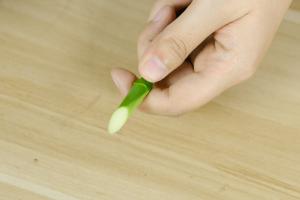 how many pine trees ...
how many pine trees ... how many pecan trees...
how many pecan trees... how many plants comp...
how many plants comp... how many plants can ...
how many plants can ... how many plants and ...
how many plants and ...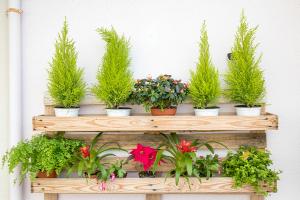 how many pepper plan...
how many pepper plan...
